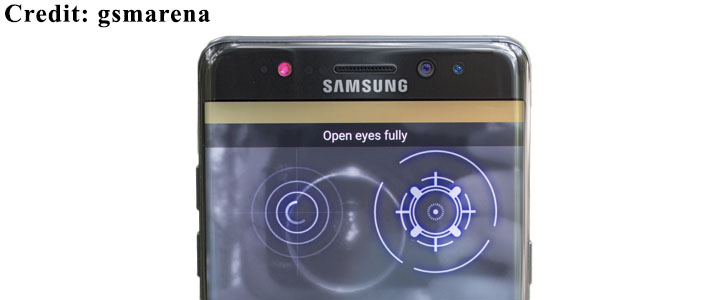The front-facing camera, sometimes referred to as the “selfie” cam, is the secondary camera found on many contemporary smartphones.
The secondary camera is also compatible with the technologies described in the specification of the primary camera.
The most popular uses of the front-facing camera are for video calling and taking group or self-portraits for social media.
Furthermore, the front-facing cameras combine with other technologies to offer face-detection for smartphone security.
Since Version 4.0 of Ice Cream Sandwich was released on October 19, 2011, Android has included Face Unlock, a basic face recognition feature for phone unlocking. However, this has never been marketed as secure.
The first Samsung phone to use iris scanning for a secure phone unlocking system was the Galaxy Note 7, which debuted in September 2017.

When Apple unveiled the iPhone X in September 2017, Face ID took the role of Touch ID, the company’s fingerprint biometric security system.

The new technology makes FaceID even more powerful by enabling the camera to detect “depth.” Consequently, Apple was one of the first companies to market 3D avatars, or Animoji, that could replicate a user’s speech and face emotions.


